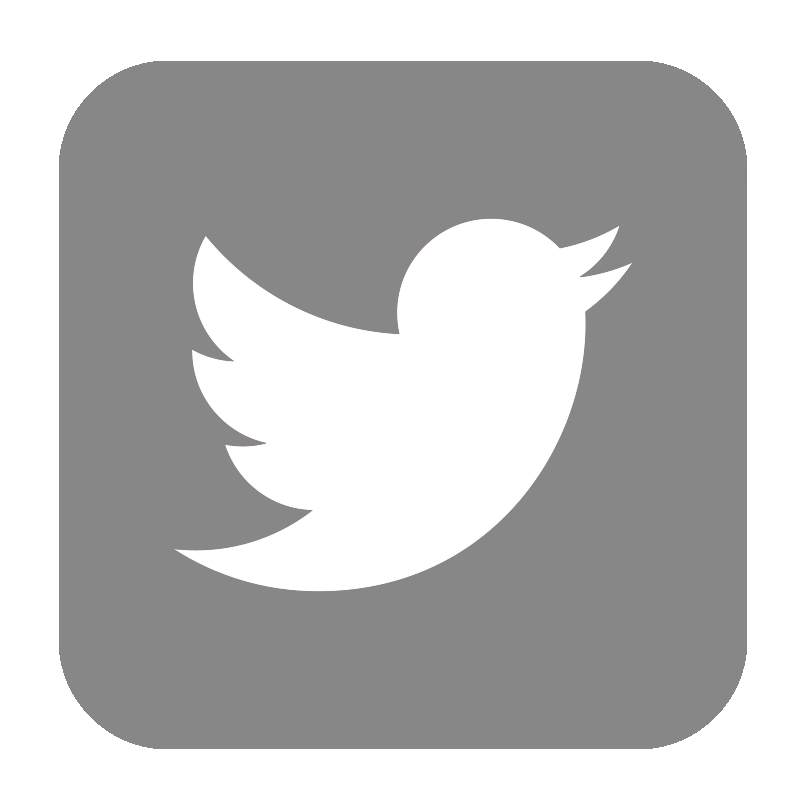Screen Printing
Screen printing is the method for branding textiles, plastic and paper products with a flat surface. The ink is pressed onto the product through a gauze. This method provides high colour accuracy and is very popular.
Pad Printing
Pad printing is used for labelling plastic, metal, wood and paper products. Great for 1 colour print and to curved surfaces. Ideal for high volume printing too.
Transfer Printing
Transfer printing is ideal for those items which cannot be screen printed due to their size, shape or material. The design is printed onto a transfer paper and then heat transferred onto the item. Transfer prints have good washing resistance and good colour reproduction. Particularly full colour images.
Digital Printing
Digital printing is the method of printing directly onto the product using a machine similar to a laser or inkjet printer. The benefits are that you can print crisp full colour images and large formats too.
Ceramic Printing
Ceramic printing is used to label mugs and glasses using special inks fired on at high temperature. The label is applied to the item similar to transfer printing and then fired in a furnace.
Engraving
This technology uses lasers to engrave an object. The surface of the product practically burns in the process to develop the logo. Even small logos can be printed very accurately. Has a high quality feel, especially on metal.
Embossing
Embossing uses a specially made die and pressed under high pressure to form a raised 3D impression that allows you to literally feel your logo. You can go a step further by adding hot foil stamping or metallic colour to the embossed logo. Embossing can be used with leather, paper and certain wood items. Again, creates a very high quality feel.
Embroidery
This procedure is used for branding textile products. Firstly, each logo must be programmed by the embroidery software for the machine. The logos are then embroidered by the machine. Exact pantone matches are not available due to the limitation of thread colours.
.png)

























.png)




